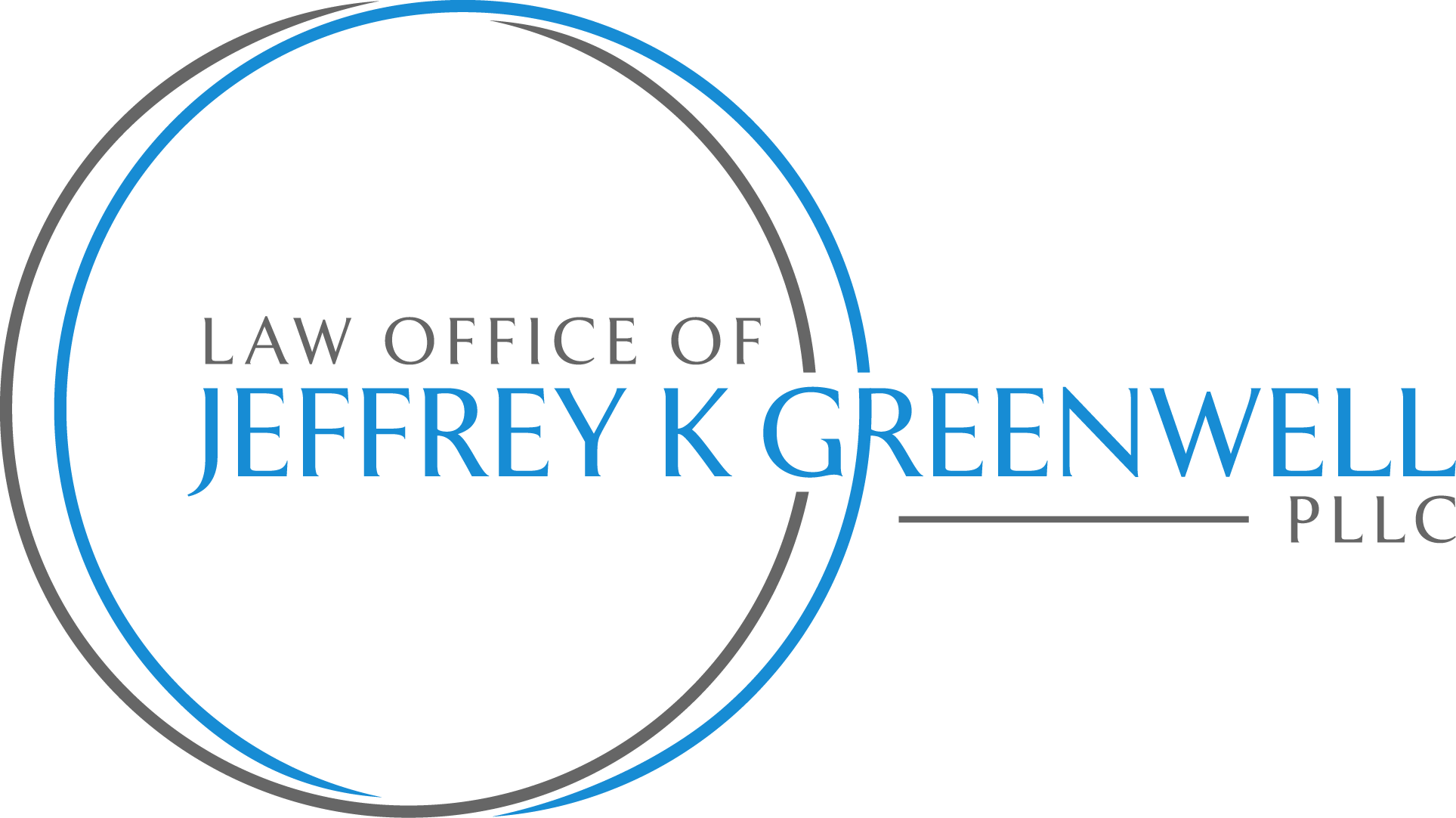The federal government is making billions of dollars on student loans every year. So why double the interest rate on the loans next year? To boost those profits.
The federal government pays tons of money to run its student loan programs, right? The interest rate on those loans is doubling next year from 3.4% to 6.8% in order for the taxpayers not to need to subsidize student loans as much, right?
Not according to law professor Alan White, who says that “Congress’ dirty secret is that the government makes a huge annual profit on student loans.” In his latest blog on the highly respected blogsite, Credit Slips, he cites as his main source “the scrupulously nonpartisan Congressional Budget Office.” According to its data, “$37 billion will flow IN to [the U.S.] Treasury from student loans made this fiscal year at the 3.4% rate.” And that’s after accounting for about $1.5 billion to administer those loans. So the interest rate doubling dispute “is about whether to increase this annual profit next year.” The two parties “are arguing about how much of the federal deficit to plug with student loan interest money.” If the interest “rate will jump up to 6.8% for 2013 loans, [that would yield] another $30 to $40 billion return to Treasury.”
But wait a minute. How about all the money that is lost because of all the borrowers who can’t or don’t pay on their student loans? Prof. White acknowledges that many loans do go into default, but because student loan creditors have “supercreditor powers, especially wage garnishment and tax refund intercepts. . . [, t]here is no statute of limitations… , and even bankruptcy discharge is difficult. The $37 billion Treasury profit for [fiscal year] 2012 is after allowing for estimated credit losses in the $5 billion range.”
So how can there be such a huge amount of profit? “In two words, yield spread. …. Treasury can borrow money at 0.5% or less, and lends it to students at 3.4%. Administrative costs are well below 1%.”
The bottom line: $37 billion profit for taxpayers in 2012, and about twice as much as that in 2013 if the interest rate doubles.
I don’t know if this law professor is right. My head started spinning when trying to figure out the pages and pages of accounting tables in the Congressional Budget Office’s report. But even if he is right, is it such a bad thing for the federal government to be making a profit with its investment of taxpayer money on student loans? After all, we have a huge deficit hole to plug.
But it seems important when making tough choices to frame the issues honestly. It’s one thing to talk about doubling the student loan interest rate so that borrowers are then paying more of, or even all of, the taxpayers’ cost of those loans. It’s an entirely different story if we’re doubling the interest rate from a level where it’s already raking in billions of dollars in profits, making way beyond paying the taxpayers’ cost.
A study by the Brookings Institute concluded that the “United States spends 2.4 times as much on the elderly as on children, measured on a per capita basis, with the ratio rising to 7 to 1 if looking just at the federal budget.” Is it fair to add this additional deficit-paying burden on the younger generation?
And beyond the question of fairness, we are a nation in which the income gap between the well-off and the poor is widening, opportunities for improving one’s economic status are reducing, and the middle class is being squeezed from all directions. So doesn’t adding yet another burden on people’s efforts at economic advancement hurt the nation as a whole?
